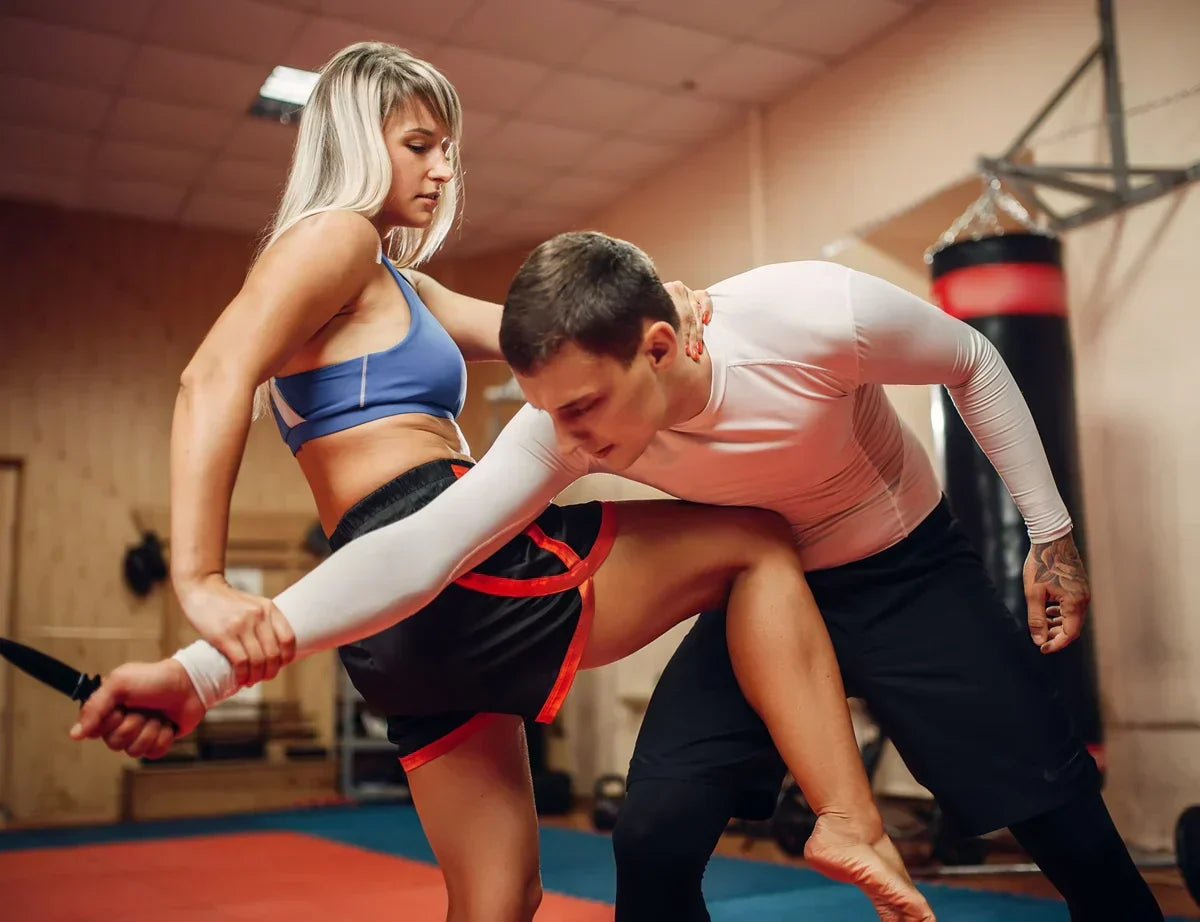Which martial art is the most effective for self-defense in real-life situations?

In a world where unexpected situations are becoming more common, self-defense is no longer a luxury—it’s a necessity.
Whether you’re young or old, male or female, anyone can find themselves in a situation where you need to protect yourself. Choosing the right martial art can make a huge difference. But which fighting style is actually effective in real-life situations?
Why self-defense matters for everyone
 Defence Academy | Martial Arts & Self-Defense | Westland
Defence Academy | Martial Arts & Self-Defense | Westland
It’s not something we like to admit, but violence in the streets, intimidation, or sudden confrontations are no longer rare. The reality is: this can happen to anyone. In those moments, it’s not about winning—it’s about safety. It’s about staying in control, or knowing how to escape smartly. Self-defense isn’t just about physical strength—it’s about preparation and mental resilience.
There’s an important distinction between sport and real-life scenarios. Many martial arts are designed with rules, referees, and mutual respect. That’s very different from the chaos of a street confrontation. A good self-defense system teaches you how to handle adrenaline, fear, and unpredictable attacks. The goal? Getting yourself to safety—fast.
The best martial arts for real-life self-defense
There are dozens of martial arts, but not all are suitable for real-life defense. Below, we highlight four popular styles known for their effectiveness when things get real.
Krav Maga was developed for the Israeli military. It focuses on direct, aggressive techniques designed to neutralize threats quickly. There are no rules or flashy moves—just practical, instinctive reactions. Training often includes real-world scenarios, which is a major benefit for self-defense.
Brazilian Jiu-Jitsu (BJJ) is especially effective on the ground. For someone smaller or up against a physically stronger attacker, BJJ offers techniques to control an opponent using joint locks, chokes, and position changes. Its main advantage? You learn how to control a threat without necessarily hurting them.
Boxing and Kickboxing train your sense of distance, timing, and precision. The focus on striking teaches you how to stop or even prevent an attack. Plus, these sports build strong mental toughness, which is critical when panic sets in.
Mixed Martial Arts (MMA) combines the best of all worlds—stand-up striking and ground fighting. Its versatility prepares you for a wide range of scenarios. The downside? It’s intense and requires a decent level of fitness. But for those who are up for it, MMA is a powerful choice.
What makes a martial art effective in real-life situations?
Effectiveness goes beyond technique alone. One of the most important factors is whether the training simulates real-world situations. A good self-defense program prepares you for stress, adrenaline, and panic—because only under pressure do you find out if your skills hold up.
Simple techniques are often the most reliable. In a dangerous moment, there’s no time for complex combinations. What you need are fast, instinctive reactions that you can execute without thinking.
Sparring is another key element. Martial arts that include regular practice against a resisting opponent help you develop a real sense of timing, distance, and control. And those are exactly the skills you’ll need to defend yourself effectively.
Self-defense starts with mindset, not muscles
 Self-Defense for Women in The Hague – Martial Arts Center The Hague
Self-Defense for Women in The Hague – Martial Arts Center The Hague
Self-defense is about more than just fighting. It starts with awareness—the ability to recognize situations before they escalate. This is known as “situational awareness.” By staying alert and spotting danger early, you can often avoid trouble altogether.
Training martial arts strengthens not just your body, but your mind. Perseverance, discipline, and self-confidence are all traits you’ll develop in the dojo or gym, and they carry over into everyday life. You’ll radiate it—and that alone can deter potential threats.
Finally, self-defense doesn’t always mean fighting back. Sometimes the smartest choice is to walk away or avoid conflict altogether. A skilled martial artist knows that real strength isn’t in confrontation, but in making the right decisions. And that’s something you only learn when you train with the goal of protecting yourself and others.
Become stronger, more resilient, and part of the Fightstyle Family
At Fightstyle, we believe martial arts is more than physical training—it’s a lifestyle that helps you grow mentally and physically. Whether you choose Krav Maga, Kickboxing, or MMA, we’re here with top-quality gear, expert advice, and a community that supports you.
🥋 Ready to start a martial art that really helps you defend yourself?
Visit our webshop and discover boxing gloves, shin guards, training wear, and more. Join the Fightstyle Family and train safe, strong, and with confidence.
 Nederlands
Nederlands English
English Deutsch
Deutsch Français
Français


Goeie uitleg, is het slim om meerdere stijlen tegelijk te trainen voor zelfverdediging of beter om je volledig op 1 discipline te focussen?
Leave a comment